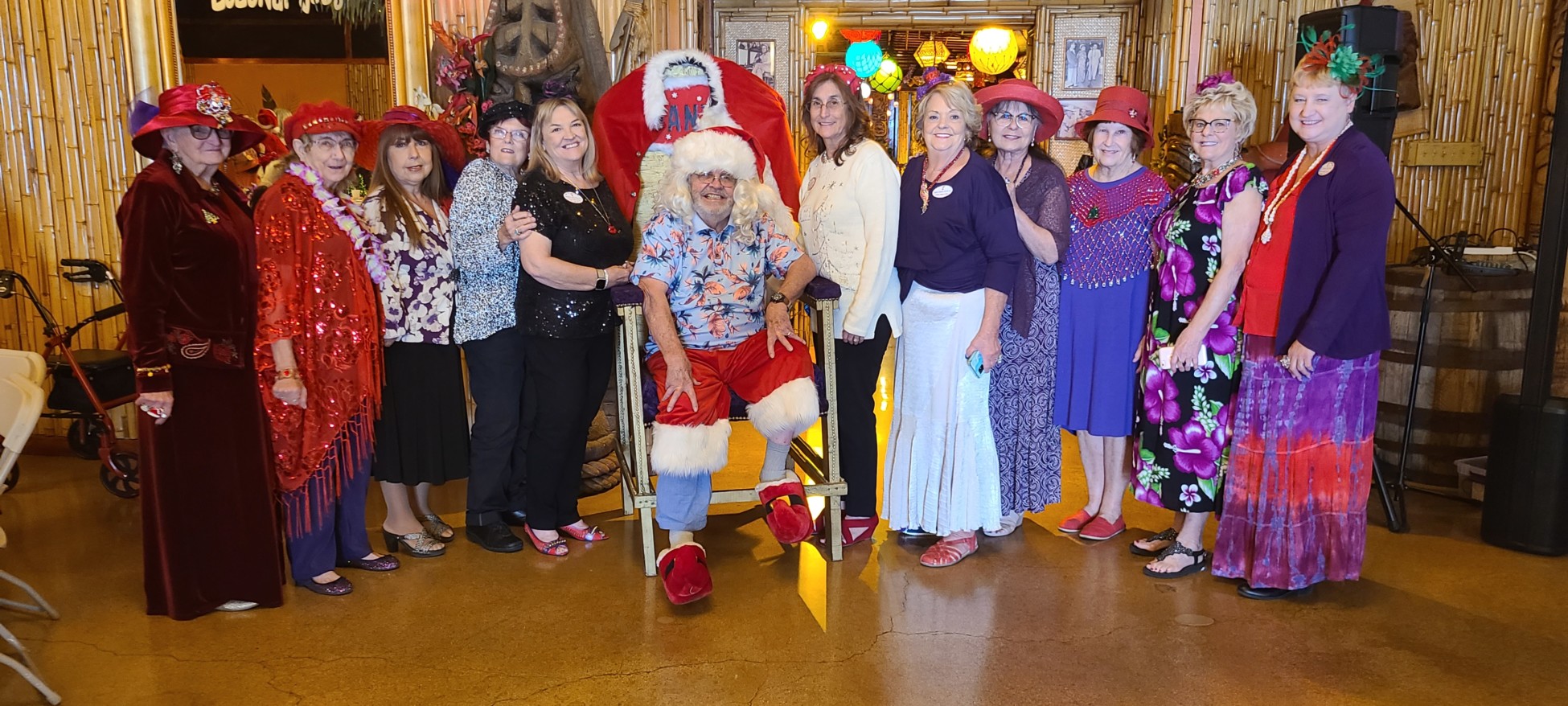
B-Town’s Babes in Bling
Welcome to B-Town’s Babes in Bling. We are accepting new members. We are open to Red and Pink Hatters.... View more
#ThriftyThursday
-
#ThriftyThursday
A tutorial from Windmill & Protea:
How I Transformed A Small Toy Chest With Faux Bone Inlay
We all love bone inlay furniture, right? I was mesmerized the first time I saw a real bone inlay piece, but I knew I would never be able to afford the real deal. Luckily, the faux bone inlay is a look that can easily be achieved with a stencil and paint. The look is striking and will transform any piece of furniture into something special.
I completed this update just in time for this month’s Thrifty Thursday: Less is More series. A group of bloggers joins me, and we share our thrifty and frugal transformations, so you can also learn how to make more of your home décor for less. Be sure to check out the others’ posts – the links are at the end.
Update Any Piece Of Furniture With A Bone Inlay Stencil And Paint
The first time I saw this small chest, I immediately knew that I could transform it into a beautiful piece with a bit of TLC. I brought it home and placed it in our dining room. It quickly became the toy chest for my kids Lego Duplo’s, but I didn’t mind. You see – this way we can hide the toys very quickly, and it helps a lot with organizing the kids’ toys.
It took me a while to decide how to update this little chest. I wanted to accentuate the recessed panels, and when I recently started looking for inspiration, Marinus proposed that I use a bone inlay stencil. It was so brilliant that I could not believe that I hadn’t thought of it. What is even better, I knew I would be able to pull off the look for far less than what my other ideas would have cost.
Step 1: Sand, Repair And Clean Your Furniture Piece
The first step, especially with a thrifted piece of furniture, will always be to clean it. But if you want to paint or refinish it, you also need to sand it. Our small chest had some purple paint on the lid, a couple of watermarks and holes in the side. So we filled up the holes with wood filler and allowed it to dry. I also removed the seat cushion, and you should remove any hardware if you have any. Marinus used an orbital sander and started with a 100 grit sandpaper, then used a 220 grit and finished with a 360 grit sandpaper to get a really smooth finish.
After sanding, you need to clean off all the sanding dust to make sure the paint will adhere to the surface.
Step 2: Attach Your Stencil
We don’t have a lot of options when it comes to stencils in South Africa, and I could not find a bone inlay stencil. I also don’t own a Cricut, but I have some friends in the signage industry who helped me out with a custom-made vinyl stencil. I designed the stencil, and they cut the design for me. So the process I followed, would be similar to that of a vinyl stencil made on a Cricut. My stencil had three layers: the backing, the vinyl sticker and transfer paper.
Make sure your stencil is the correct size and then fix it in place with masking tape on the one edge. Use this masking-taped edge as a hinge and lift your stencil– and then slowly peel off the backing. The masking tape will ensure your design stays in the right position. After you’ve removed the backing, slowly lower the vinyl back down to ensure as little as possible bubbles.
With the transfer paper still attached, smooth out any bubbles with a scraper or credit card. Then you can slowly remove the transfer paper as well as the masking tape. Go over your vinyl stencil once more with your fingers, to make sure it has well adhered to the surface.
Step 3: Paint The Faux Bone Inlay Pattern
I did not want to buy a stencil brush or sponge, so I used an old dish sponge that I cut into squares. This also means that you do not have to clean them – just throw it away when you are done. Just make sure the dish sponge is completely dry before you start painting.
Using small dabbing motions, paint the pattern onto your furniture piece. With a stencil, it is always better to use less paint to avoid bleeding. Use a paper towel to dab the sponge on and remove excess paint before using it on the stencil. With my vinyl stencil securely in place, I was able to paint two coats of paint, to get the coverage I wanted. You can slowly remove the vinyl stencil when your paint is dry.
Step 4: Apply A Wood Varnish Or Sealer To Protect Your Work
I used a water-based, non-yellowing, clear varnish for this step. If you do not protect your work –you will probably get chips or scratches. As this cute chest is used for toy storage, this was a must for me. I applied two coats and lightly sanded in between the two coats with 360-grit sandpaper.
Step 5: Re-Attach Hardware Or Seat Cushion
The cushion cover was a reddish faux leather and not pretty anymore, so I removed it. The nail-head trim and cushion were in good condition, so I washed them. I had a spare bit of fabric left that I also used on our piano stool makeover and decided to use the same fabric on this chest. I folded and ironed the edges to get the fabric in the same size as the original seat cover. Then I lined it up on the seat cushion and just used the old nail-head trim and existing nail holes. This was the most straightforward upholstery project I’ve ever had to do! And with that, all that remained was to put the toys back in.

